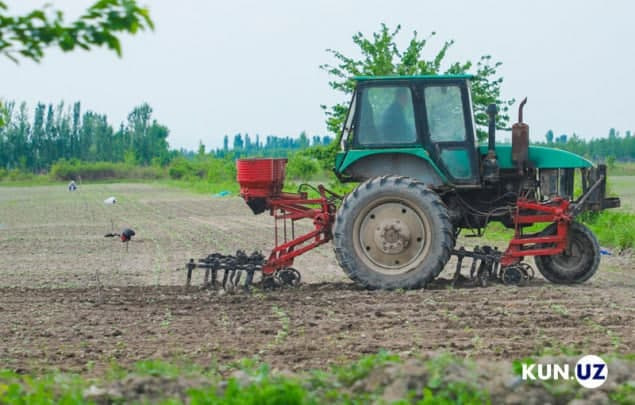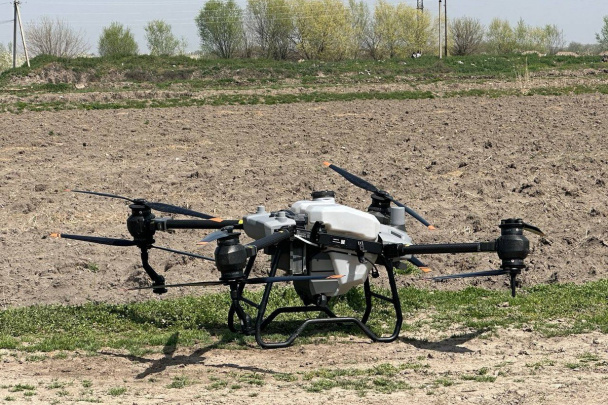Rainy spring in Uzbekistan: Crop growth vs. pest risks
In Uzbekistan, a wetter-than-usual spring is proving to be a blessing for agricultural crop development but also presents challenges in the form of increased pest risks.

According to the Ministry of Agriculture, the precipitation, along with the country's water reservoirs and snow accumulation in the Amudarya and Syrdarya river basins' mountains, are predicted to alleviate 30-35 percent of the anticipated water shortages. This is proving crucial in meeting the water demands for agriculture and retaining soil moisture.
The irrigation season this year requires an estimated 38.2 billion cubic meters of water. This includes 30.2 billion for primary crops and 8 billion for household gardens and secondary plantings in the republic's irrigated zones.
The continuous rain showers are enhancing growth in crucial areas, notably in the cultivation of vegetables, melons, and potatoes. The rains not only clear dust from the leaves, which benefits respiration but also foster quicker photosynthesis due to the increased humidity and moderated temperatures, enhancing nutrient absorption. Additionally, the soft, salt-lacking rainwater optimizes water and gas exchange in the soil.
However, the abundant rains also have their drawbacks, particularly in fruit and vine cultivation. The moisture and warmth create an ideal breeding ground for disease-causing pathogens and pests. Orchard pests like moths and scale insects and vineyard diseases such as anthracnose and mildew are thriving, necessitating the use of pesticides like indoxacarb, thiacloprid, and deltamethrin to combat these threats effectively.
Given these circumstances, it's evident that the rainy spring is a double-edged sword for Uzbekistan's agriculture—providing much-needed water for crops while also fostering conditions that might impede their quality and yield.
Related News

09:49 / 30.12.2025
Uzbekistan boosts fruit and vegetable exports

20:07 / 10.12.2025
Uzbekistan to expand drone use in agriculture with 50 new UAVs from China

18:18 / 10.12.2025
Uzbekistan to roll out year-round food market intervention system to stabilize prices

19:58 / 09.12.2025



